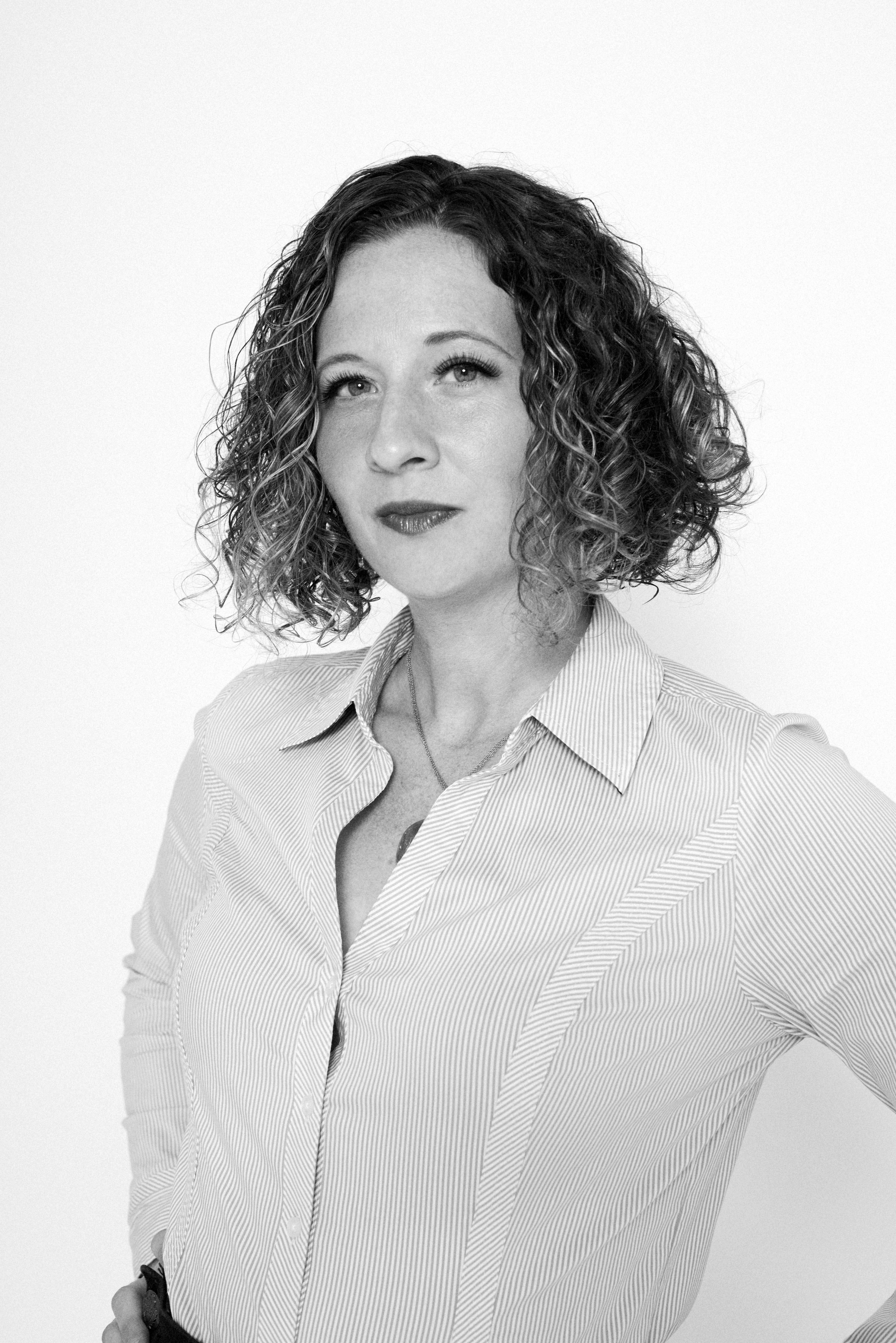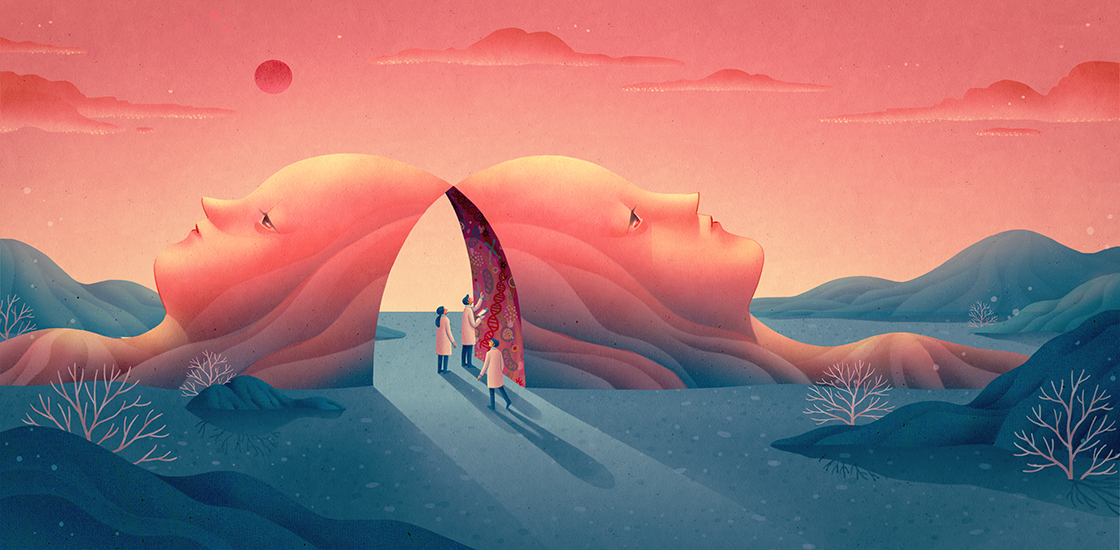
Ann Griswold
Science writer
From this contributor
Sex and other foreign words
People with autism fall in love. They marry. They even (gasp) have sex. Yet these deeply human needs have mostly gone ignored by scientists.
Many people with harmful genetic variants show no ill effects
Most adults with genetic variants tied to certain conditions, such as heart disease or cancer, go undiagnosed.

Many people with harmful genetic variants show no ill effects
This is a story of autism in small-town America
Rural living can be wonderful: community, friendly faces, a slower pace of life. But when there’s autism in the family, it can be tough.
This is a story of autism in small-town America
Autism, fragile X follow different developmental paths
Children with autism show an increase in restricted interests in their preteen years that is not seen in those with fragile X syndrome.

Autism, fragile X follow different developmental paths
Autism gene may double as pain processor
SHANK3, a leading candidate gene for autism, helps sensory neurons in mice respond to pain.
Explore more from The Transmitter
Some facial expressions are less reflexive than previously thought
A countenance such as a grimace activates many of the same cortical pathways as voluntary facial movements.

Some facial expressions are less reflexive than previously thought
A countenance such as a grimace activates many of the same cortical pathways as voluntary facial movements.
Cracking the neural code for emotional states
Rather than act as a simple switchboard for innate behaviors, the hypothalamus encodes an animal's internal state, which influences behavior.

Cracking the neural code for emotional states
Rather than act as a simple switchboard for innate behaviors, the hypothalamus encodes an animal's internal state, which influences behavior.
Alex Maier argues that a scientific explanation of consciousness requires grounding in formalized mathematics
When it comes to discovering laws of nature for consciousness similar to those in physics, Maier argues that integrated information theory is the only game in town.
Alex Maier argues that a scientific explanation of consciousness requires grounding in formalized mathematics
When it comes to discovering laws of nature for consciousness similar to those in physics, Maier argues that integrated information theory is the only game in town.

